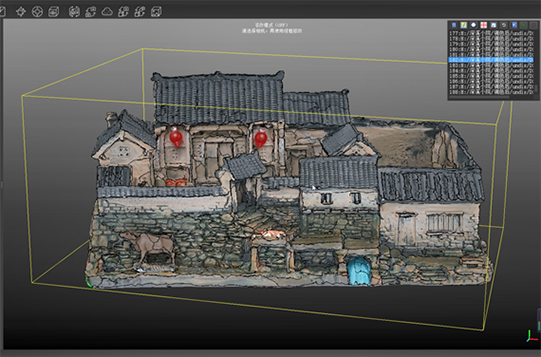What Exactly is 3D Mapping Technology and How Does It Work?
02/14/25
Thanks to 3D mapping technology, our perception of and interactions with our surroundings are changing quickly in an increasingly digital world. However, what is 3D mapping exactly? Fundamentally, 3D mapping is the process of photographing, simulating, and displaying actual locations in three dimensions. With the help of this technology, we can produce intricate models of real-world locations, improving our comprehension and ability to engage with our environment.
 The magic of 3D mapping lies in its blending of various data sources-from satellite imagery and aerial photography to ground-level scans. These elements combine to form a comprehensive digital model that showcases not just the layout of a space but also its textures, colors, and elevations. Whether used for urban planning, navigation, or virtual reality applications, 3D mapping transforms how we explore and analyze the world around us. But how does this intricate process work? Let’s delve into the steps and technologies that make 3D mapping possible, revealing the fascinating intersection of art and science that brings our environments to life.
The magic of 3D mapping lies in its blending of various data sources-from satellite imagery and aerial photography to ground-level scans. These elements combine to form a comprehensive digital model that showcases not just the layout of a space but also its textures, colors, and elevations. Whether used for urban planning, navigation, or virtual reality applications, 3D mapping transforms how we explore and analyze the world around us. But how does this intricate process work? Let’s delve into the steps and technologies that make 3D mapping possible, revealing the fascinating intersection of art and science that brings our environments to life.
What is 3D Mapping Technology?
3D mapping technology involves the process of converting two-dimensional images into three-dimensional representations. This transformation allows users to visualize spaces and objects more realistically, enhancing understanding and engagement. With advanced software for photogrammetry, businesses can capture and interpret physical environments with precision. As technology continues to advance, the applications for 3D mapping are becoming increasingly diverse, fueling demand for robust tools that streamline the creation of high-quality models.
At 3DeVOK, we recognize the significance of seamless integration between software for photogrammetry and 3D texture mapping software. Our products are designed to work in harmony, allowing companies to create accurate, textured 3D models that elevate presentations and analyses. By incorporating various data sources, we enable users to generate comprehensive visualizations that can inform decision-making processes across multiple sectors.
The Role of Photogrammetry in 3D Mapping
Photogrammetry serves as the backbone of 3D mapping technology, utilizing photographs taken from different angles to reconstruct a three-dimensional scene. This method captures intricate details that traditional mapping techniques may overlook. Our software for photogrammetry is tailored for ease of use while maintaining accuracy, making it ideal for both seasoned professionals and newcomers in the field.
By leveraging our user-friendly platform, teams can quickly upload images, set reference points, and generate detailed 3D models in a matter of hours. The benefits of this efficiency extend beyond time-saving; businesses can respond more rapidly to client needs and market demands. Furthermore, our software integrates advanced algorithms that enhance the quality of the resulting models, ensuring that businesses receive the most reliable output possible.
Enhancing Visuals with 3D Texture Mapping Software
While photogrammetry captures the structure of environments, 3D texture mapping software breathes life into those models by applying realistic textures and colors. This process adds depth and detail that can significantly improve the overall presentation of 3D outputs. At 3DeVOK, we provide powerful 3D texture mapping software that works seamlessly with our photogrammetry tools, allowing users to elevate their projects with rich visuals.
Our software offers a variety of features, such as automatic texture generation, UV mapping, and customizable material properties. These capabilities allow businesses to create immersive experiences that engage clients and stakeholders. Whether used in marketing presentations, product design, or architectural visualizations, our 3D texture mapping software ensures that every project stands out.
Moreover, incorporating these technologies fosters collaboration among teams. Designers, engineers, and marketers can all contribute their expertise to create comprehensive 3D models that tell a cohesive story. This collaborative environment not only enhances creativity but also leads to better outcomes for the project as a whole.
Conclusion
As industries continue to evolve, the importance of 3D mapping technology cannot be overstated. With our suite of software for photogrammetry and 3D texture mapping software, 3DeVOK is at the forefront of this technological shift.
In embracing 3D mapping technology, organizations not only improve their operational efficiency but also enhance their ability to communicate ideas visually. By investing in solutions like ours, companies can unlock new opportunities, foster collaboration, and ultimately drive growth.
Related Articles
View Our Product




